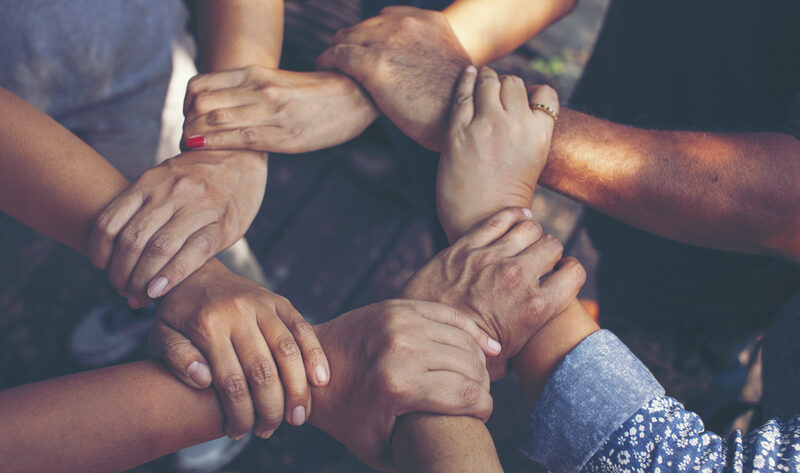How Social Pressures Increase Group Compliance
Social influences and pressure exist throughout all dynamics of social groups. A lot of social influences have been described as automatic, creating group norms, conformity, and methods for fitting in (Kassin, et al., 2017). Some of the mechanisms which exist within inner social group relationships include compliance and obedience. There are also fundamentals of a group which help group members better understand their individual stature and contribute to favorable group performance. Conformity and social identity share some domains in the realm of group psychology, and they can be studied from a variety of creative angles.
Conformity, Compliance, Obedience, and Groups
Interest has always existed in why people conform, mapping conformity influences, and researching the tools of conformity. Social groups define behavioral norms, or group-specific, expected dominant responses (Kassin, et al., 2017). Essentially, groups produce arousal energy that influence individual group members to be more or less likely to take part in certain activities or behaviors. Group culture, communication, training, and brainstorming can all be measurements of group performance (Kassin, et al., 2017). Although, group performance will mean different things from group to group. For example, many studies outline the effects of obedience in the military: a positive working social structure with questionable moral consequences (Iersel, 2002).
Adolescent Alcohol Use and Conformity
The idea of conformity may always be an area of study and interest, but instances of purported conformity can be found all throughout everyday life. Some studies have focused on tracking conformity, understanding the resistance to conformity, and even dispelling conformity altogether (Rees, 2014). The concept of peer normalization is present even in the early years of life. Some studies outline that children are exposed to peer pressure as early as 4 (Haun, 2011). Conformity can be rejected in some of the most pressuring environments, such as a social group which supports drinking, if an adolescent has even a minority of friends who do not drink (Rees, 2014).
Social Identity Theory and the Black Sheep Effect
Social identity can be explored in many ways, including creative pre-orchestrated surveys and studies. For example, one study examined the lenience granted between student athletes and student non-athletes in judging a fellow student displaying high aggression (Hawley, et al., 2014). It has been found that there is significantly harsh judgement of aggressive students by both non-athlete students and athlete students (Hawley, et al., 2014). Part of the reasoning for this is because both athlete students, and non-athlete students are a part of the same group, being students. The study also proved a significant negative reflection on the University and the formation a group bias (Hawley, et al., 2014). It is worth noting that both student types in the survey (student athletes and student non-athletes), were in fact members of the in-group “student,” much like the student athletes leaking aggression. And many studies have proven that in-group biases can lead to a number of hierarchy and behavioral developments (Abrams, et al., 2003).
Conclusion
Conformity will almost always exist in society and will likely always be traceable to the smallest group level. The mechanisms for which the group members decipher conformity may change throughout the years, but the ideas of compliance, obedience, and conflict resolution are still likely to exist. And as the Hawley (2014) study has outlined, it is not difficult to detect reasonable or unreasonable behavior and its effects on the environment.
References
Abrams, D., Rutland, A., Cameron, L., & Marques, J. M. (2003). The development of subjective group dynamics: When in-group bias gets specific. The British Journal of Developmental Psychology, 21, 155.
Haun, D.B.M. and Tomasello, M. (2011), Conformity to Peer Pressure in Preschool Children. Child Development, 82: 1759-1767.
Hawley, L., Hosch, H., and Bovaird, J., (March 2014). Exploring Social Identity Theory and the ‘Black Sheep Effect’ Among College Student-athletes and Non-athletes. Journal of Sport Behavior. Vol. (37). Iss. (1). Pp. 56.
Iersel, F., (2002). Military Obedience: A Source of Moral Dilemmas? Professional Ethics, A Multidisciplinary Journal. Vol. (10). Iss. (2-4). Pp. 245-266.
Kassin, S., Fein, S., Markus, H. R., (2017). Social Psychology. Tenth Edition. Cengage Learning. Boston, MA. Pp. 5-6.
Rees, C., and Wallace, D., (2014). The myth of conformity: Adolescents and abstention from unhealthy drinking behaviors. Social Science & Medicine. Vol. (108). Pp. 34-45.




